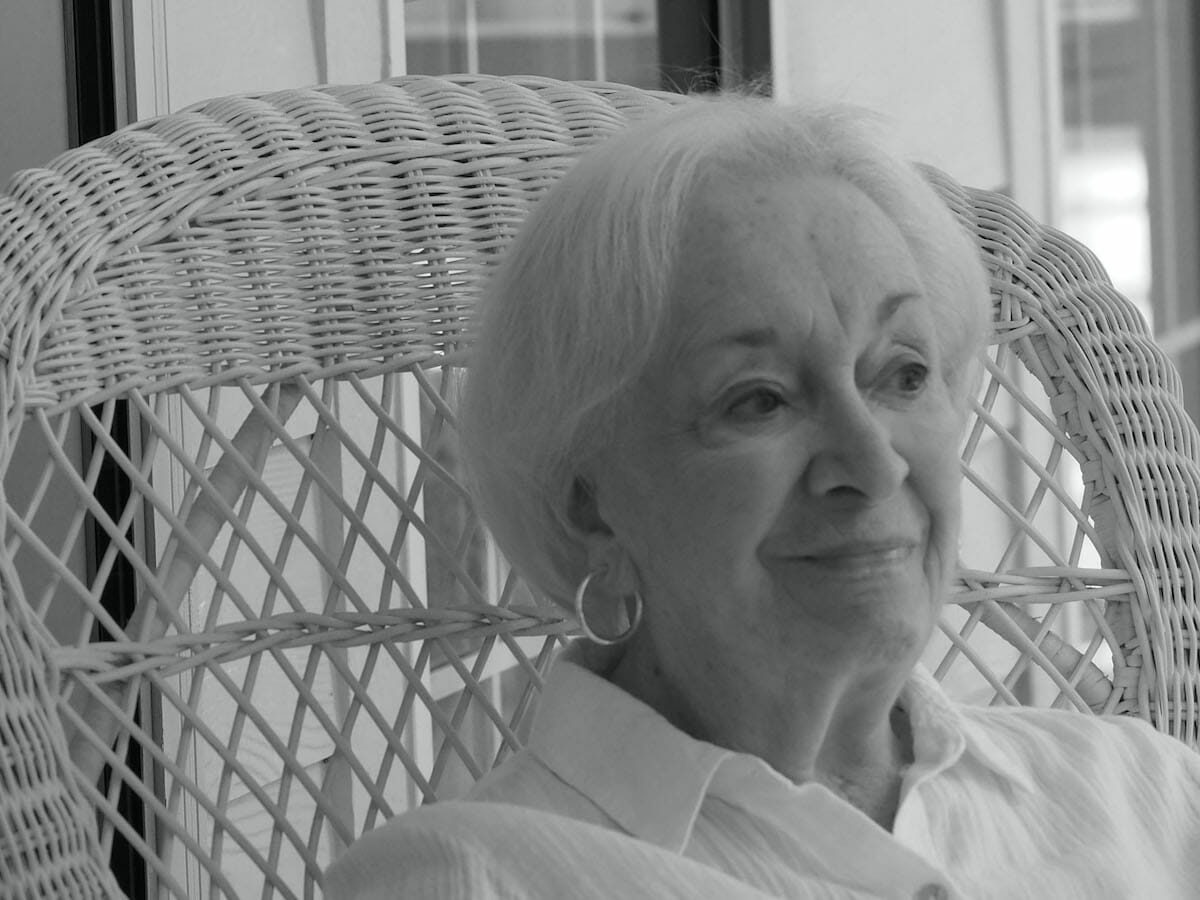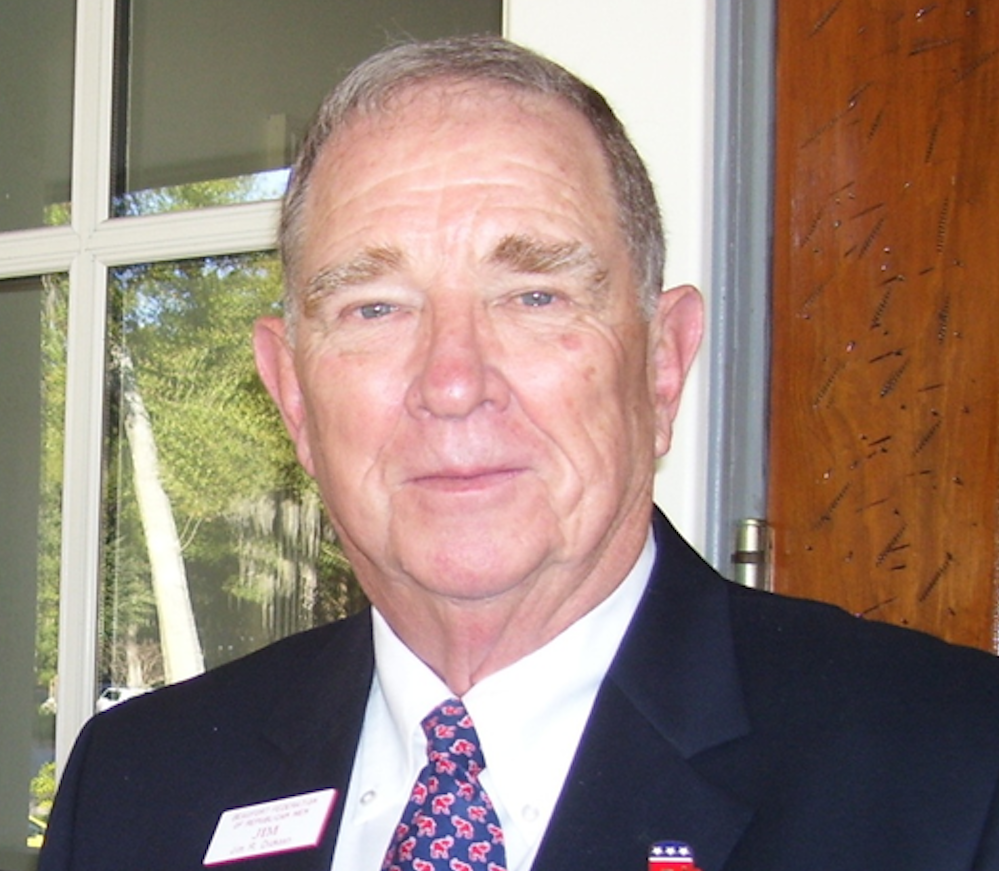By Scott Graber
It is Wednesday, and we’re on Interstate 81 just south of Winchester, Va. Susan and I are on our way home from Massachusetts; last night staying at the Carlisle House — in Carlisle, Pa. — where Carolyn installed us in the “Library,” saying it was her favorite room in the house, circa 1826.
Carlisle Barracks is where my father got his commission during World War II. It is, I think, where this young officer convinced my mother to marry him — my mother riding the Atlantic Coast Line railroad from Florence, S.C., to witness the ceremony.
In more recent times this pleasant town — a collection of small brick houses surrounding college buildings made of Ordovician limestone — is usually the first stop on our way home from Massachusetts.
In the summer of 1863, Carlisle Barracks was also the destination of J.E.B. Stuart, who came north with three cavalry brigades (5,300 men) together with some 600 recently captured mules. Stuart had convinced Robert E. Lee — then on his way to Gettysburg — that he and his troopers could provide much needed intelligence on the whereabouts of the Union Army.
Lee assumed Stuart would be gone four days, but the captured mules slowed down his fast moving cavalry. It would, in fact, be eight days before Stuart returned to Lee’’s headquarters with his ragged, rugged cavalry. This left Lee without any intelligence (on the Union Army’s dispositions) for more than a week. Stuart also left Lee with two irregular cavalry brigades of dubious ability.
Lee had come to the rich farming country south of Harrisburg, Pa., knowing that there was a certain “war weariness” in the North, knowing that a victory in Pennsylvania would (again) humiliate the Northern politicians, and believing these fatigued, unhappy folks just might let the Southern states leave the Union.
Importantly, Lee knew he could not sustain the casualties he was taking. Even when he won — at Fredericksburg and Chancellorsville — he knew he was losing.
Getting a tutorial on the keypad (that would get us into the Carlisle House after hours); and then learning the operational basics for the huge, in-the-room tub delayed our departure for dinner, causing us to momentarily reconsider our booking of the “historic bed and breakfast” over the more predictable, slightly more expensive Hampton and Holiday Inn options.
But Susan and I often choose a bed and breakfast knowing we will have to engage the owner in conversation; knowing these old homes have small rooms that have been re-plumbed and strangely reconfigured into guest rooms; but also knowing that the complimentary breakfast will not feature geometrically shaped eggs stacked inside a stainless steel steam canister.
And I will confess that I kind of like meeting the owners and learning how they decided to leave the Navy and invest their savings in a large house requiring constant attention. I like these stories and the large, early morning breakfast taken with other guests in the dining room — one of the best of these pre-departure breakfasts may be found at the Casa de Solana in St. Augustine, Fla.
But there are times — especially as one gets older — when you want a large lobby, and hotel doors that don’t require keypad manipulation, and the presence of a smiling, helpful person behind a large desk at 9 p.m., when one shuffles back from a burger at a nearby bar.
Susan and I often choose the burger option and headed for the Molly Pitcher Brewing Company two blocks away. As we entered the bar, right next to the Dickinson College campus, the young bartender yelled “welcome back.” It is interesting how much this little bit of familiarity, this small measure of warmth means after six tiresome hours on the Interstate.
After dinner, we walked along High Street admiring the Courthouse and the Presbyterian Church — both buildings shelled by J.E.B. Stuart in 1863. Eventually we found the Town Square and read the plasticized placards describing the shelling and the burning of the Barracks. It was then when I realized that Susan’s great grandfather, Joseph Reid, was attached to Wade Hampton’s Brigade. And that Hampton’s Brigade was one of the three brigades that Stuart brought with him to Carlisle.
And as we walked in the twilight we talked about Joseph Reid, Chuck Graber and their time in Carlisle.
We wondered if they had any notion — when they walked these brick-paved streets — that their heirs would be walking these same streets trying to remember the keypad combination.
Scott Graber is a lawyer, novelist, veteran columnist and longtime resident of Port Royal. He can be reached at cscottgraber@gmail.com.






